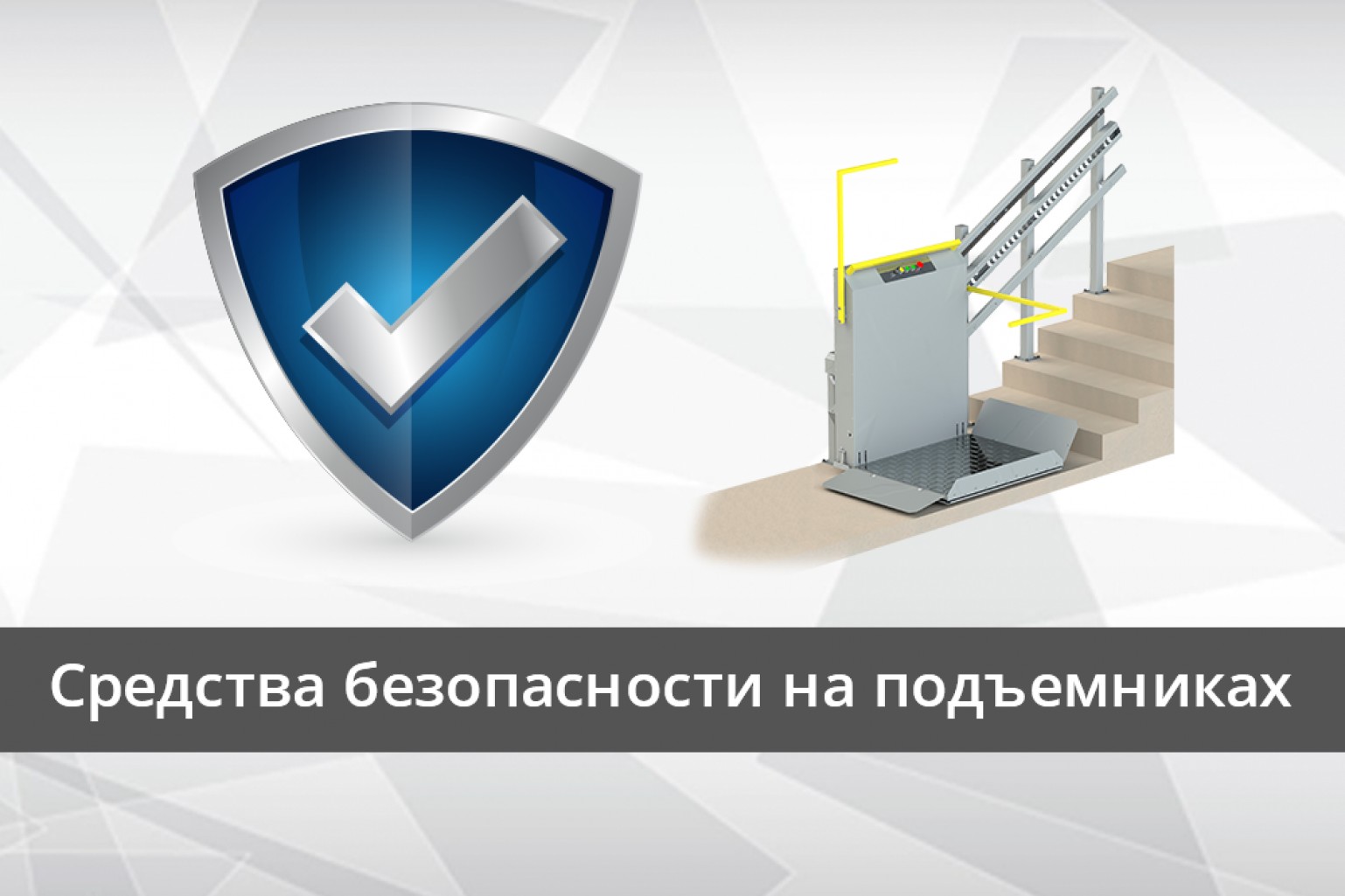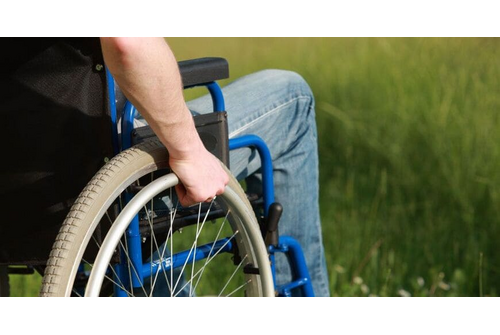Elevators for people with disabilities are a type of lifting equipment that provides movement of people with disabilities outside and inside buildings. The design of such devices complies with safety standards according to GOST 55555 and 55556, according to which these mechanisms must be equipped with systems that protect persons with disabilities and persons accompanying them from injury.
Safety features in the design of elevators for people with disabilities

Basic safety elements in elevators for handicapped people
The list of systems responsible for the safe movement of disabled persons in the horizontal, vertical and inclined planes includes:
- safety frame;
- barrier;
- locking element;
- doors;
- safety damper;
- catchers;
- speed limiters;
- manual control system;
- dispatching system.
The safety lip is a mechanism that provides protection against crushing and other mechanical effects on the platform during its movement.
The barrier acts as a guardrail to prevent a person from falling outside the perimeter of the elevator. According to GOST standards, the upper shawl of the barrier must be placed at a level of 110 cm, the lower - 20 cm above the level of the platform.
Equally important is the locking mechanism, which prevents the wheelchair from rolling away. A similar function in elevators with a travel mode of up to 50 cm is performed by a barrier flap. For devices with a height of 200 cm and more a door is provided. According to GOST standards, its height must be at least 110 cm.
The mandatory elements in lifting platforms for MSH are catchers. The main purpose of these safety elements is to stop and hold the platform moving in a downward direction. The catches are triggered when the traction elements are loosened or broken and are controlled by a safety device that opens the circuit when it is activated.
Another mandatory element in elevators for the disabled is a speed limiter.If the permissible downward speed of the platform is exceeded, the device engages the catcher mechanism.
In the process of installation the equipment is equipped with a manual control panel. The emergency system of this device allows the use of the elevator for MSH when there is no power supply. Alternatively, a backup power supply can be used for emergency operation.
Electrical Safety
According to GOST requirements, the characteristics of the lifting equipment must strictly meet the declared parameters of voltage, current loads and operating conditions of the platform.
The power circuits on landing platforms and platforms must be 380 V, in administrative and residential buildings - not less than 220 V. Electrical cables, enclosures and other elements of the system must be protected according to IP3X (in hoists used outdoors - IP 4X). The exposed parts and other metallic parts of the unit, with the exception of live wires, must be earthed.
Dispatching
The system of operator control of wheelchair platforms for MSH includes units functioning on the basis of remote control means. To establish a feedback with the dispatcher, the elevators are equipped with two-way voice communication devices. With the help of dispatching elements the system notifies the operator of the following situations:
- emergency triggering of the safety circuit;
- opening of the doors during the movement of the platform;
- intercom call.
If there is no two-way communication, commissioning of the equipment is strictly forbidden!
Security a wheelchair elevator is implemented on the basis of compliance with a number of mandatory requirements of GOST, which is ensured by qualified and responsible work of its manufacturer and installer. The company "SILACH-Lift" designs and manufactures functional lifting devices of various modifications. Our products are reliable, easy to install and safe in operation. We provide prompt delivery, installation and guarantee long-term service of lifting platforms.


